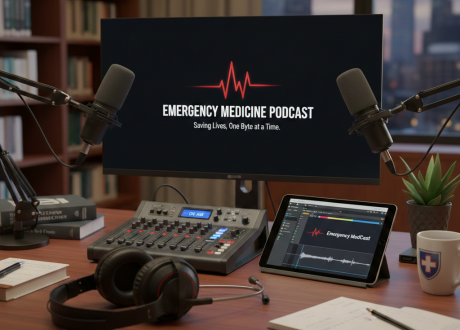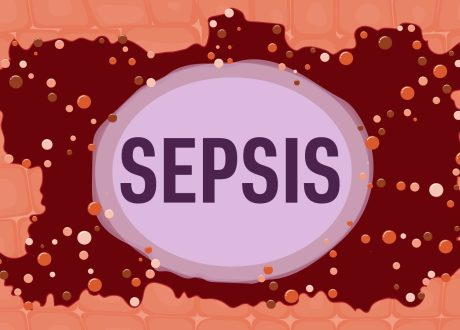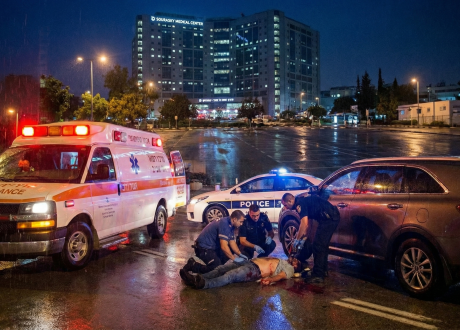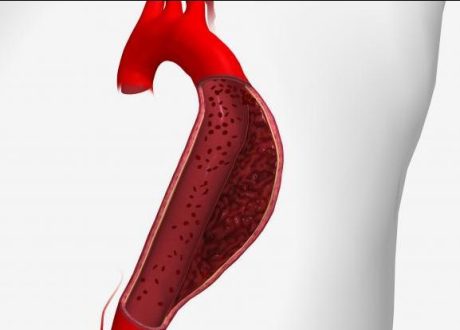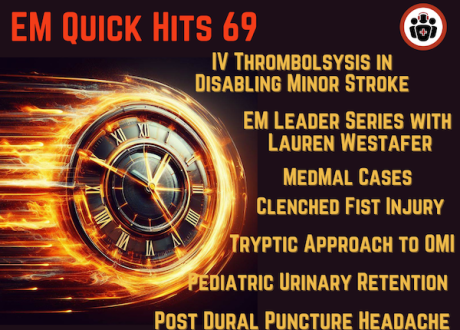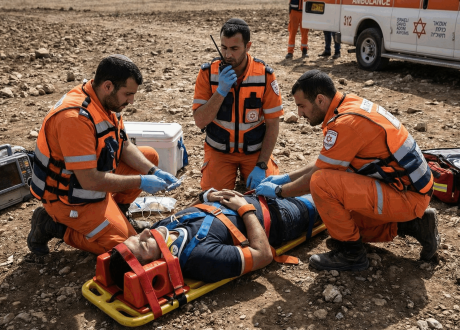Written by Clark Strunk
![]()
Computed tomography (CT) after out-of-hospital cardiac arrest (OHCA) often identifies clinically important pathology such as the etiology of the arrest, traumatic injuries from resuscitation, and consequences from inadequate perfusion.
One, two, CT for you…
OHCA is a relatively common and important presentation to the emergency department, and identification of the etiology and sequelae of cardiac arrest can be difficult. CT imaging may be able to assist.
This retrospective study analyzed CT imaging results obtained within 24 hours of ED arrival after OHCA. The most common findings on brain imaging were cerebral edema and intracranial hemorrhage in 33.5% and 7.5% of patients, respectively. 68.7% of patients underwent chest imaging, with 75.3% having pneumonia or aspiration, 55.3% with rib fractures or sternal fractures, and 18.5% with pulmonary edema. 60.8% had a CT abdomen and pelvis, with 6.6% having evidence of bowel ischemia, 1.9% with solid organ injury, and 1.4% with retroperitoneal hemorrhage.
An important limitation to this study was the significant variability between which anatomic regions were imaged by clinicians. Also, the clinical data that may have led to imaging selection was not available. Thus, although this study demonstrates that CT imaging identifies important pathology, which patients benefit from additional imaging and how identification of these findings changes clinical care or patient outcomes remains uncertain.
How will this change my practice?
This study, as well as the recent CT FIRST study, provides evidence that a wide variety of clinically important findings can be identified with CT after OHCA. I will continue to use CT widely in patients after OHCA, often including the head, chest, and abdomen/pelvis; especially in patients who are comatose and in whom elements of the history and exam are less reliable, in those who do not have an indication for immediate cardiac catheterization, when the etiology of the arrest remains unclear, the arrest is prolonged placing the patient at greater risk of organ ischemia and traumatic injuries from resuscitation, and if there are clinical features that would warrant additional evaluation with cross-sectional imaging.
Source
Diagnostic yield of computed tomography after non-traumatic out-of-hospital cardiac arrest. Resuscitation. 2023 Aug;189:109898. doi: 10.1016/j.resuscitation.2023.109898. Epub 2023 Jul 6.


